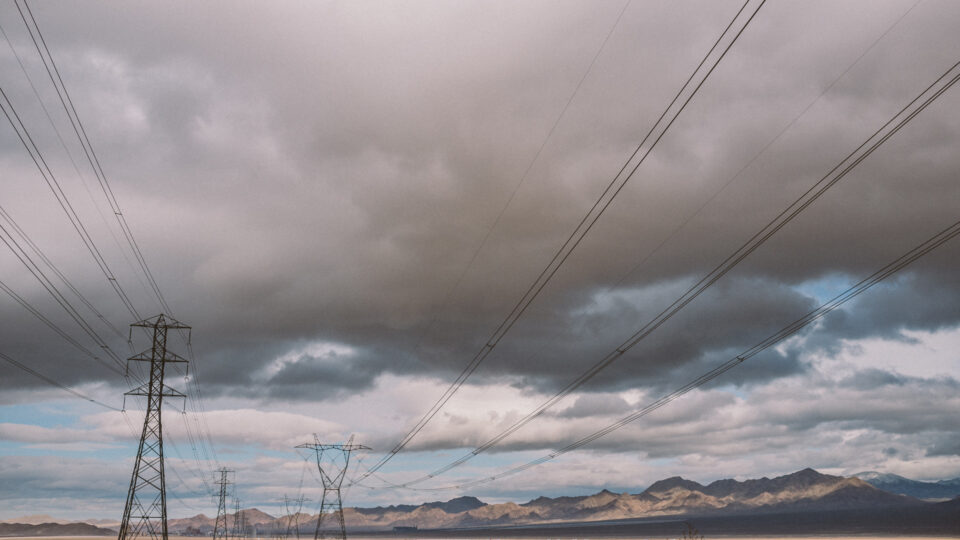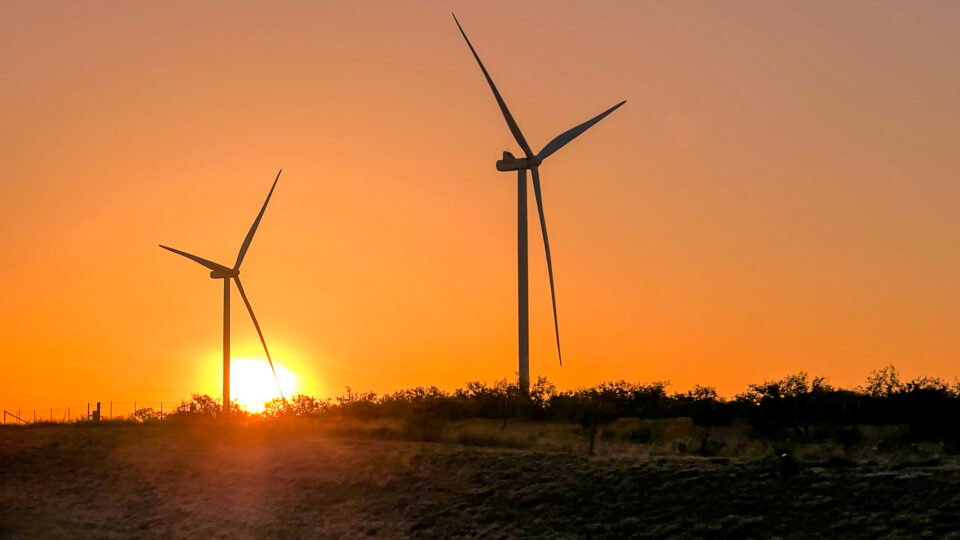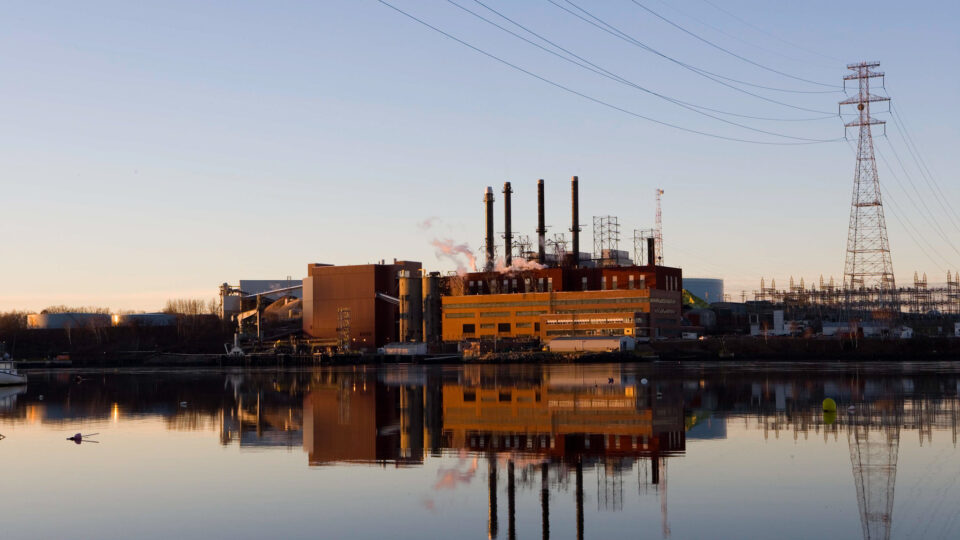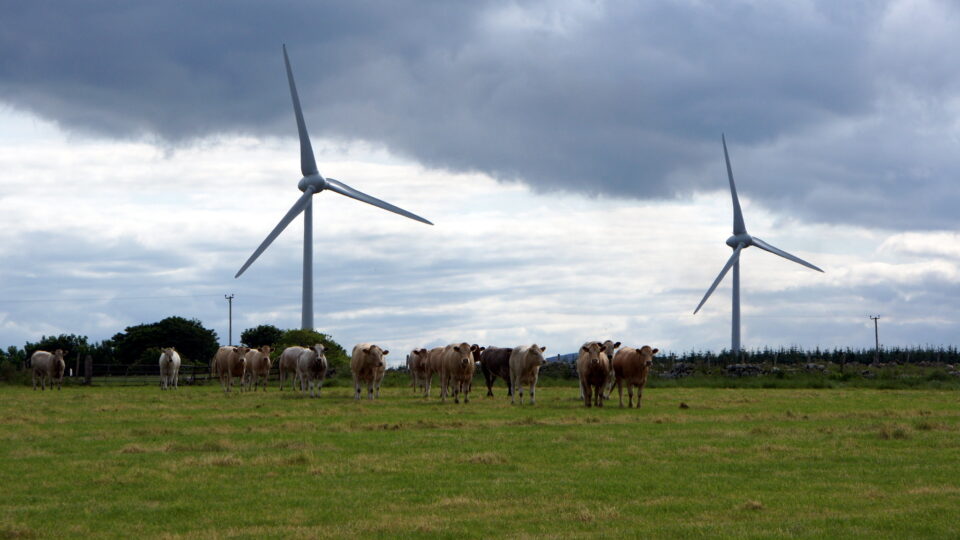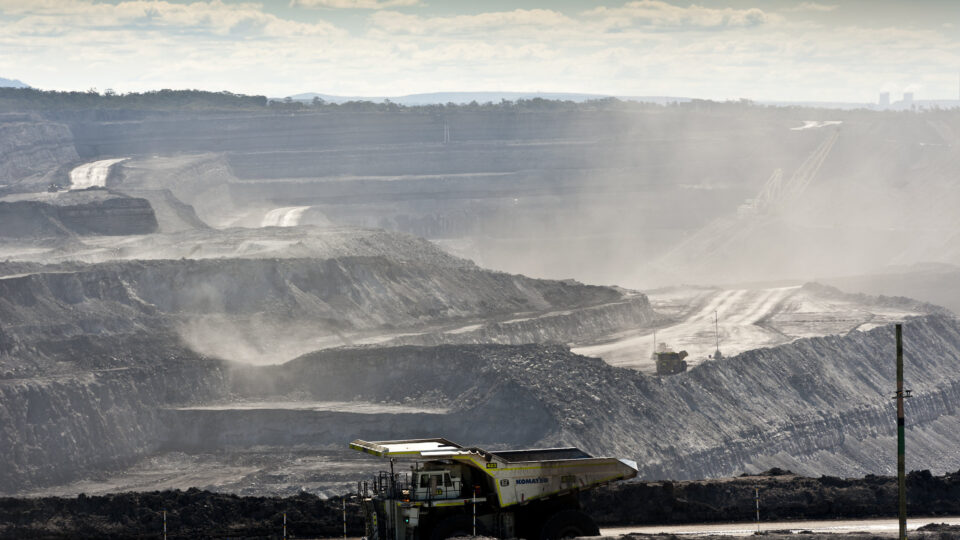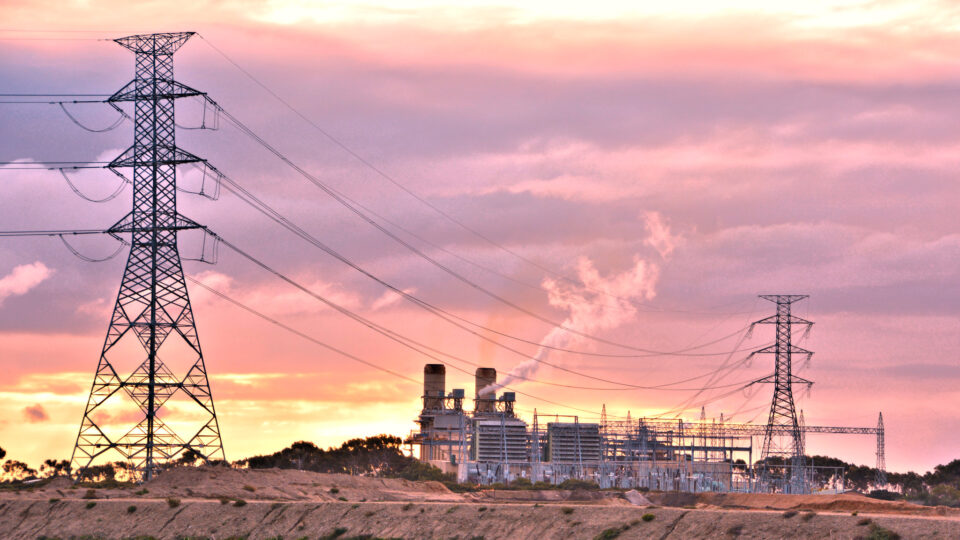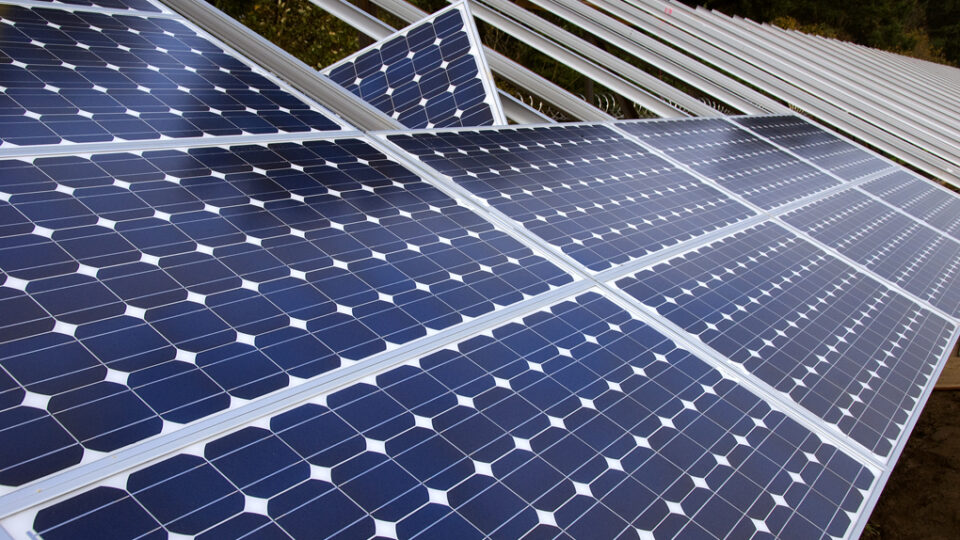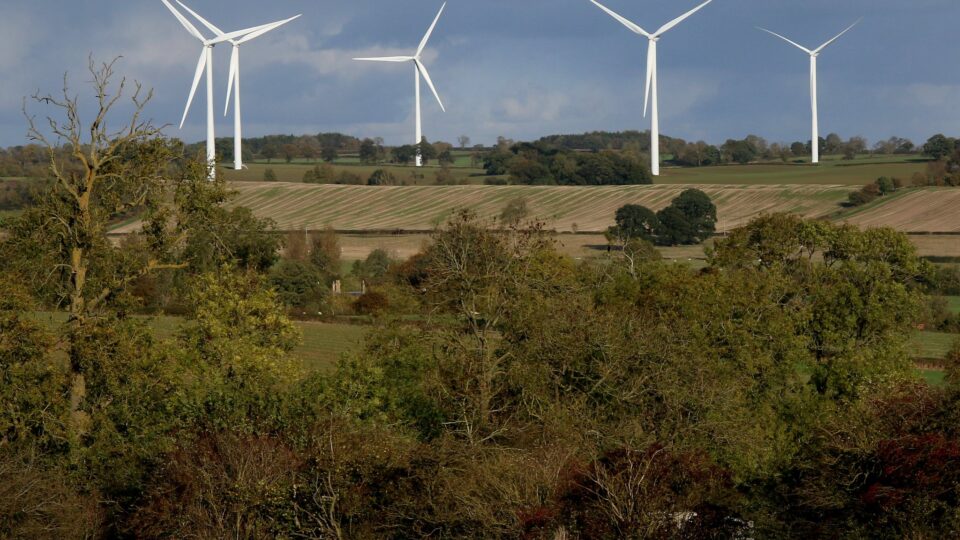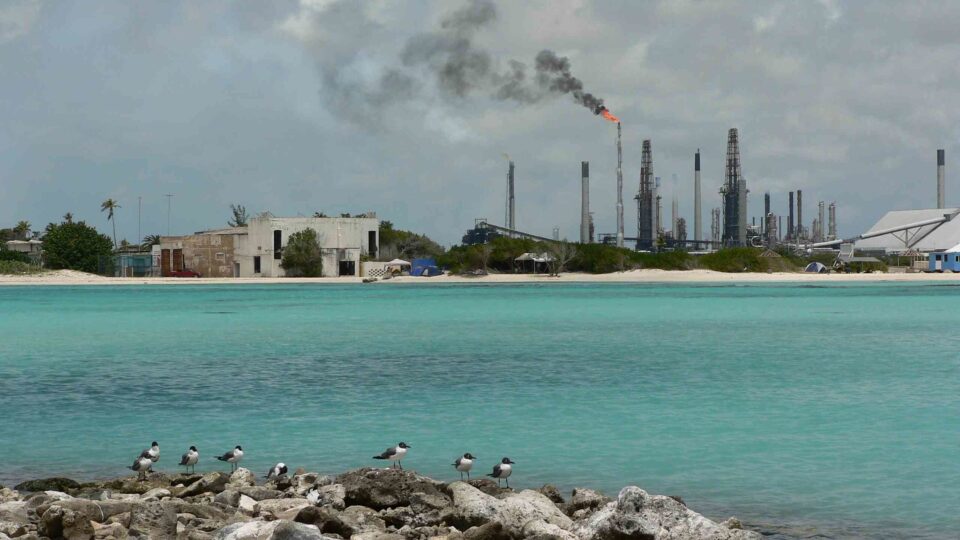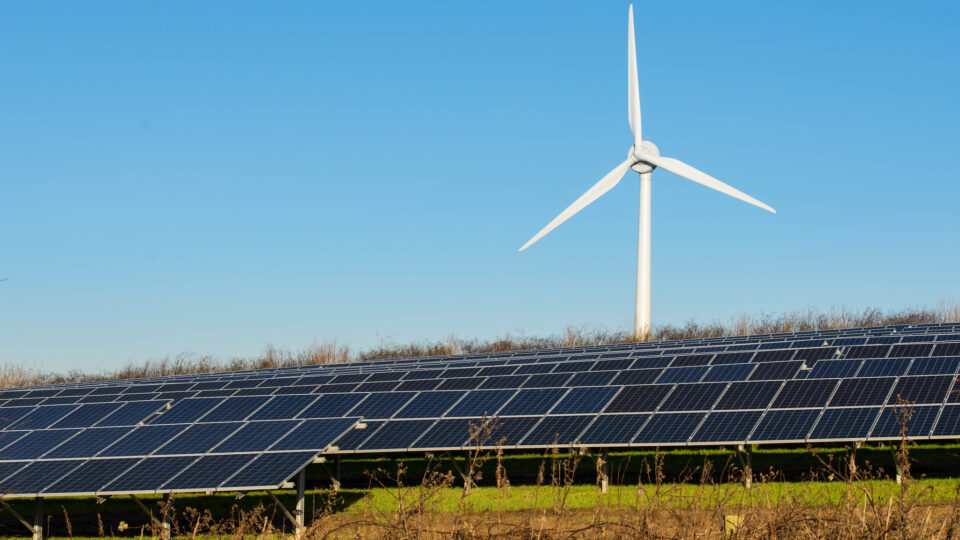Concrete is the second-most-used material on the planet. Only water is used more. Producing concrete is responsible for 7.5% of human-produced carbon dioxide emissions. So, finding a cost-effective way to reduce these emissions is a major challenge in the face of ever-growing global demand for concrete.
Researchers at Cambridge University have found that used cement is an effective substitute for lime flux, which is an essential material used in steel recycling that results in a waste product called slag. When lime is replaced with used cement, the end product instead is recycled cement that can be used to make new concrete.
The process does not add any significant costs to concrete or steel production and significantly reduces the emissions associated with both.
Concrete is made from sand, gravel, water, and cement. Cement is made by a process called clinkering, in which limestone and other materials are heated to 2,600 degrees Fahrenheit. The process converts the materials into cement but releases large amounts of CO2 as limestone decarbonates into lime.
Cambridge researchers found that using cement clinker and iron oxide instead of lime works well in steel recycling. Crushing old concrete and taking out the sand and stone results in a cement that is reactivated by the recycling furnace to produce a material with excellent properties.
Recent tests by the Materials Processing Institute showed that recycled cement can be produced at scale in an electric arc furnace. Ultimately, this method could produce zero emission cement if the electricity for the furnace comes from renewable sources.
**********
Web Links
Cement recycling method could help solve one of the world’s biggest climate challenges
Photo, posted July 18, 2011, courtesy of Kenta Mabuchi via Flickr.
Earth Wise is a production of WAMC Northeast Public Radio

